|
A Franks Manchester pre-war Japanese Miniature Binoculars.
„A Franks Manchester“
Miniaturferngläser sind vor dem Zweiten Weltkrieg in Japan.
Jumelles Miniatures de «A Franks Manchester» Fabriquées Avant la Deuxieme Grande Guerre Mondiale. «A Franks Manchester»
миниатюрные бинокль выпуска до второй мировой войны в Японии.
A Franks Manchester
」
ミニチュア双眼鏡が2回目の世界大戦の前に日本で作られます
.
«A Franks Manchester» Prismáticos en Miniatura Fabricados Antes de la Segunda Guerra Mundial en Japón.
.
«A Franks Manchester» » Binocolo Giaponese in Miniatura Pre-Guerra. |
|
“
A. Franks Ltd Manchester
” marked Binoculars with case. No serial number present.
Collection of
Mark Ohno, Manufactured prior to WWII in Japan. (I appreciate the help of my friend Nico Westphal of the Netherlands for facilitating this acquisition) |
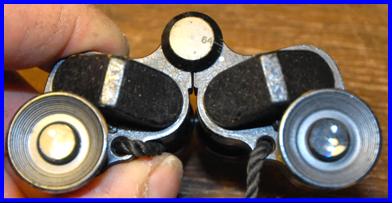
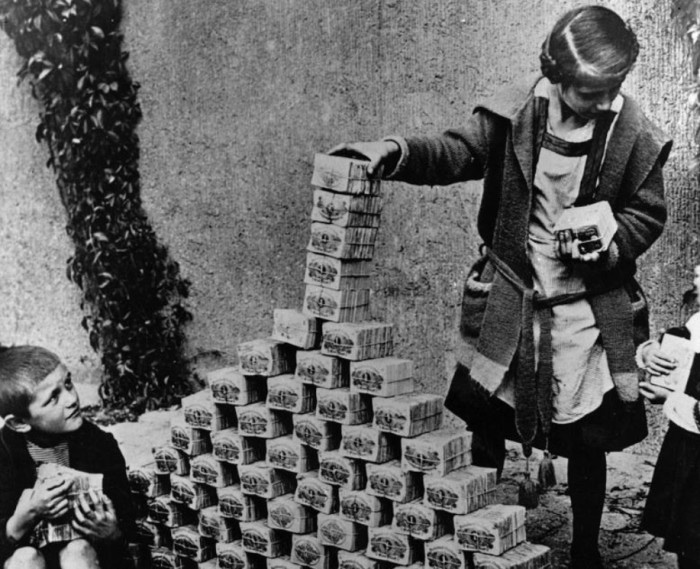
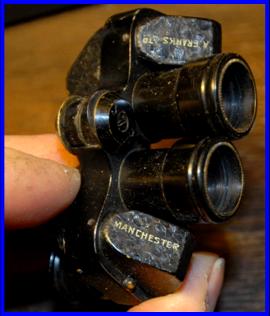
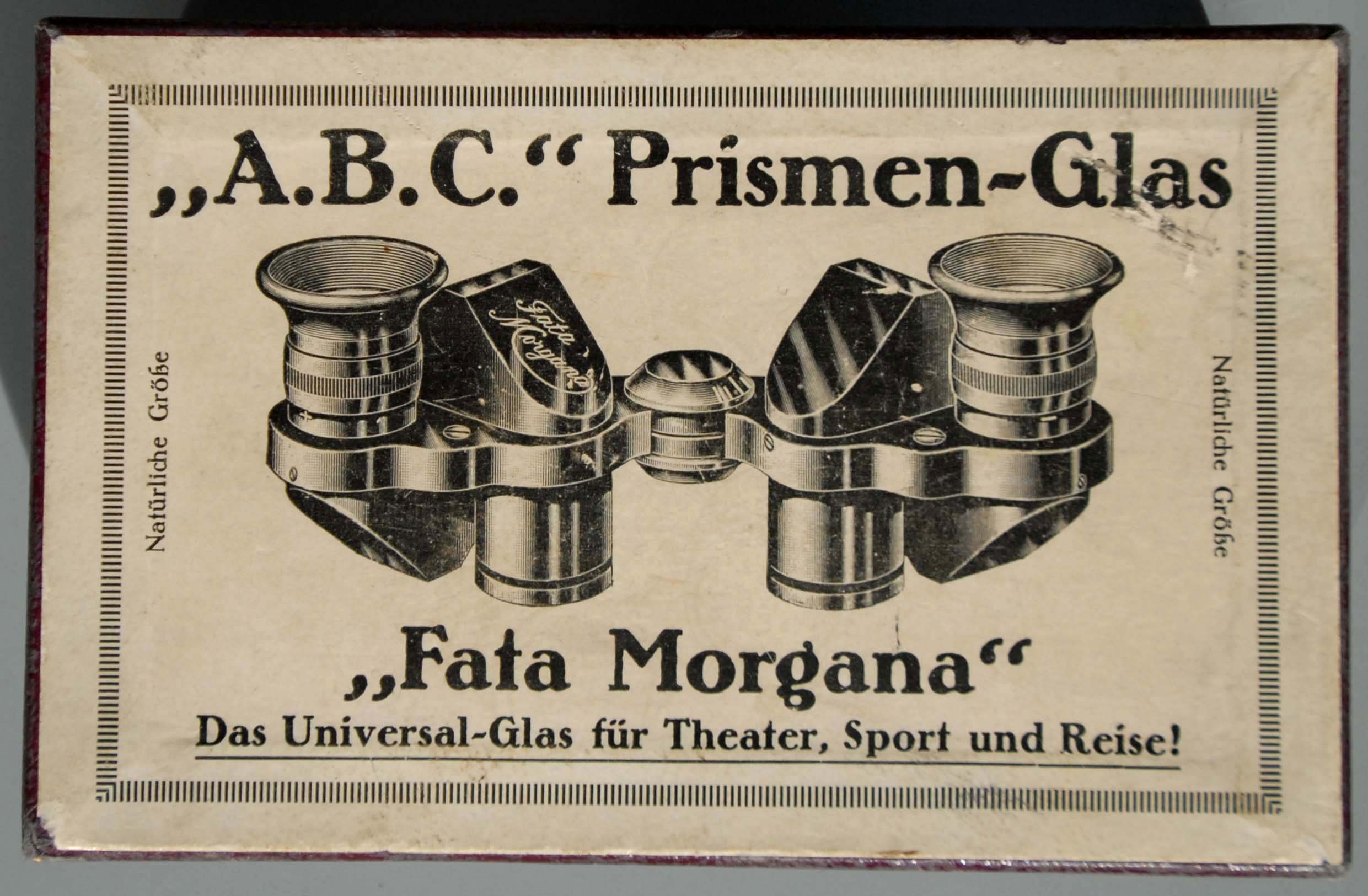
|
A. Franks Ltd. was an optician firm in Manchester England ca 1878-1950. Between the wars they operated premises at Kings Street Deansgate, 44 Market St, Oxford St, Victoria St, South King St and Bradshaw Gate in Bolton. They apparently sold all manner of optical goods from spectacles to cameras and binoculars, as well electrical devices (radios and the first televisions in Manchester) and also operated a wholesale firm. See
DISTRIBUTION #8
for more details. |
|
Kotobuki pre-war Japanese Miniature Binoculars.
Kotobuki“
Miniaturferngläser sind vor dem Zweiten Weltkrieg in Japan. Jumelles Miniatures de «Kotobuki» Fabriquées Avant la Deuxieme Grande Guerre Mondiale. «Kotobuki»
миниатюрные бинокль выпуска до второй мировой войны в Японии.
Kotobuki
ミニチュア双眼鏡が2回目の世界大戦の前に日本で作られます
«Kotobuki» Prismáticos en Miniatura Fabricados Antes de la Segunda Guerra Mundial en Japón. «Kotobuki» Binocolo Giaponese in Miniatura Pre-Guerra. |
|
Yamafuji Tokyo Pre-War Japanese Miniature Binoculars.
„
Yamafuji Tokyo“ Miniaturferngläser
sind vor dem Zweiten Weltkrieg in Japan.
Jumelles
Miniatures de «
Yamafuji Tokyo» Fabriquées Avant la Deuxieme Grande Guerre Mondiale. «Yamafuji Tokyo»
миниатюрные бинокль выпуска до второй мировой войны в Японии.
Yamafuji Tokyo
ミニチュア双眼鏡が2回目の世界大戦の前に日本で作られます
.
«Yamafuji Tokyo» Prismáticos en Miniatura Fabricados Antes de la Segunda Guerra Mundial en Japón.
.
«Yamafuji Tokyo» Binocolo Giapponese Preguerra.
|
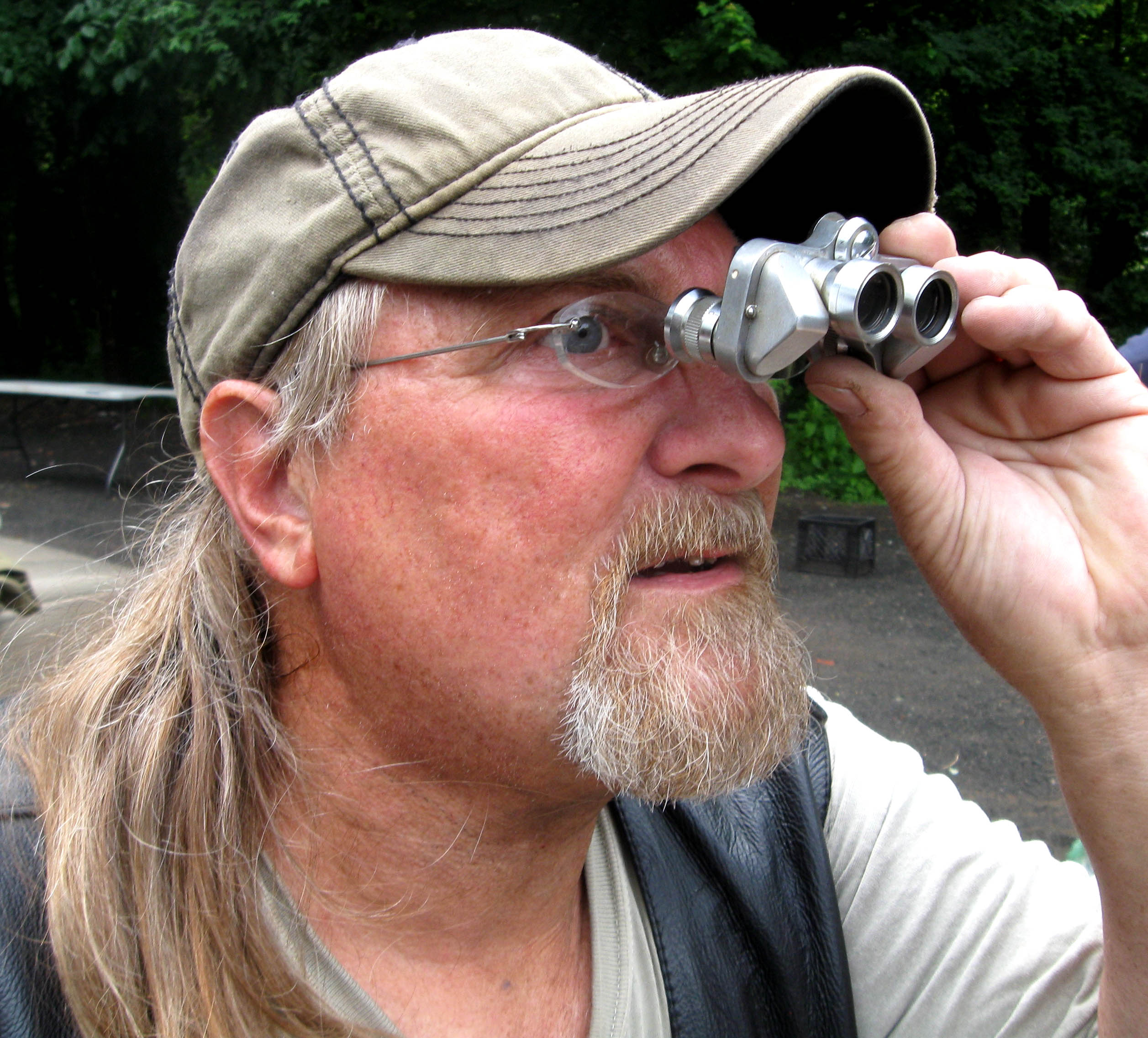
|
Tokyo Yamafuji 6x15 Binoculars, without case. No serial number present.
Manufactured prior to WWII in Japan, Collection of
Mark Ohno |
|
Super Pre-War Japanese Miniature Binoculars.
„Super
“ Miniaturferngläser
sind vor dem Zweiten Weltkrieg in Japan
Jumelles
Miniatures de «Super
» Fabriquées Avant la Deuxieme Grande Guerre Mondiale «Super»
миниатюрные бинокль выпуска до второй мировой войны в Японии.
Super
ミニチュア双眼鏡が2回目の世界大戦の前に日本で作られます
«Super» prismáticos en Miniatura Fabricados Antes de la Segunda Guerra Mundial en Japón. «Super» Binocolo Giapponese pre–Guerra.
|
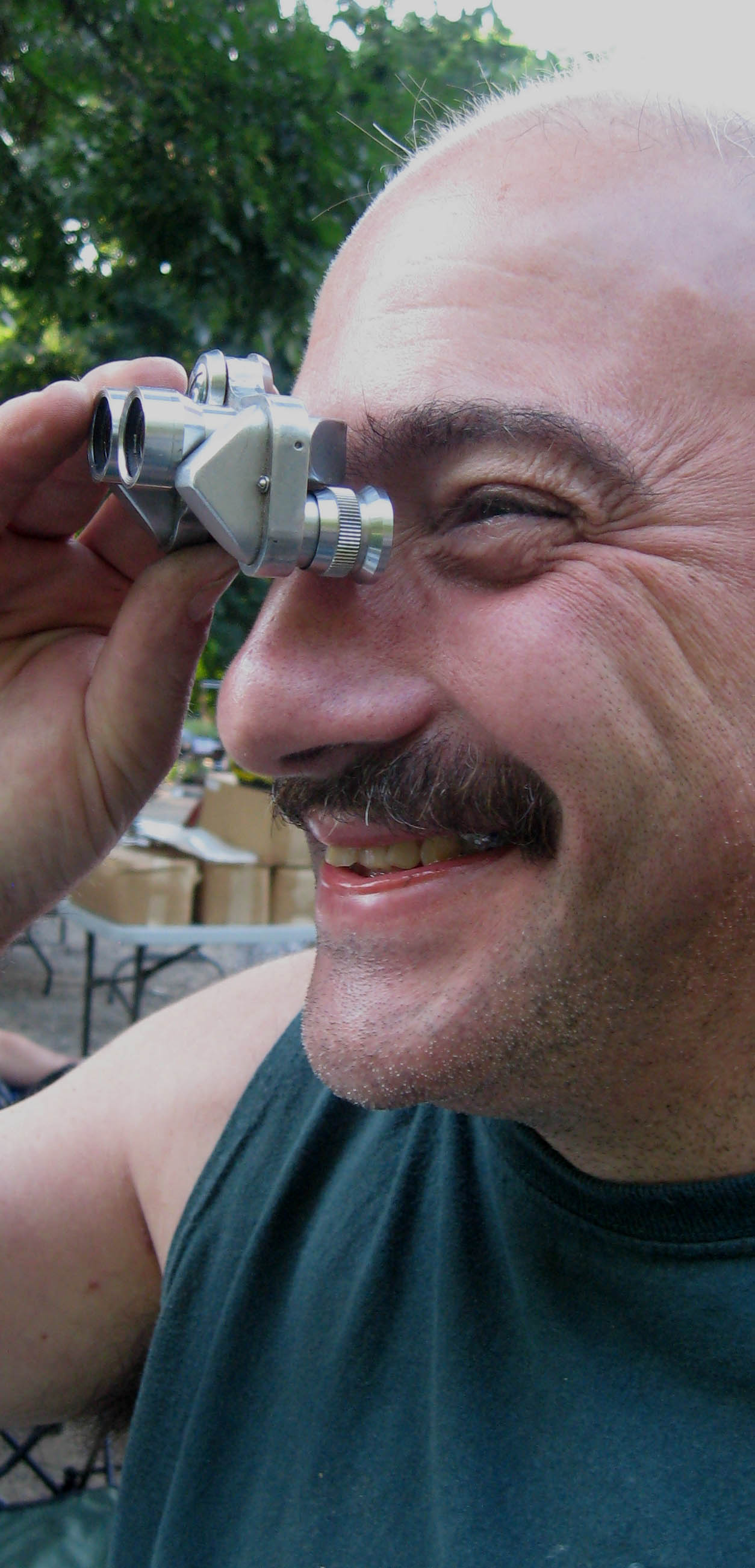
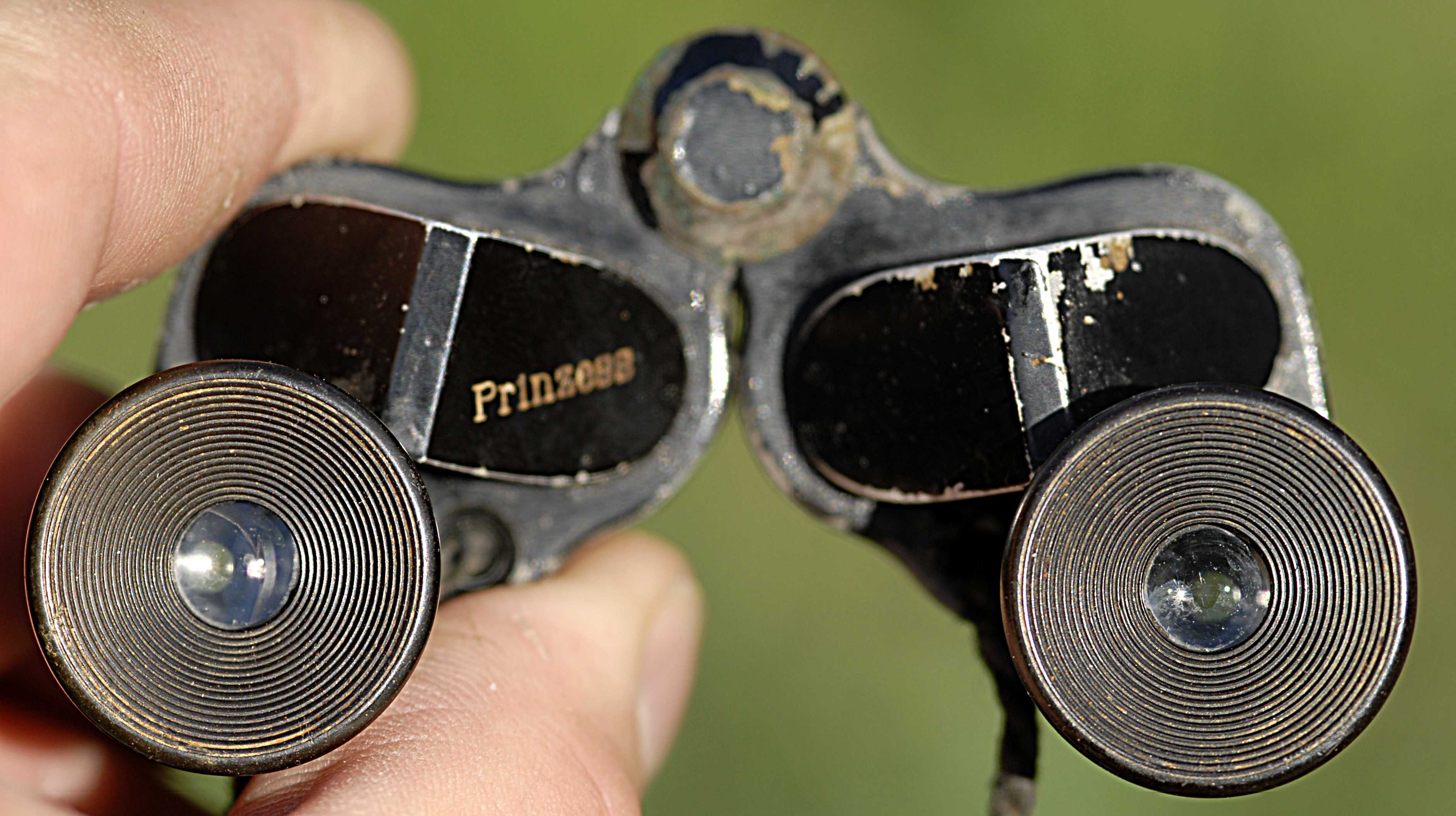
|
Super 6x15 Binoculars.
Manufactured prior to WWII in Japan. Collection of
Mark Ohno. Sourced in
USA
. |
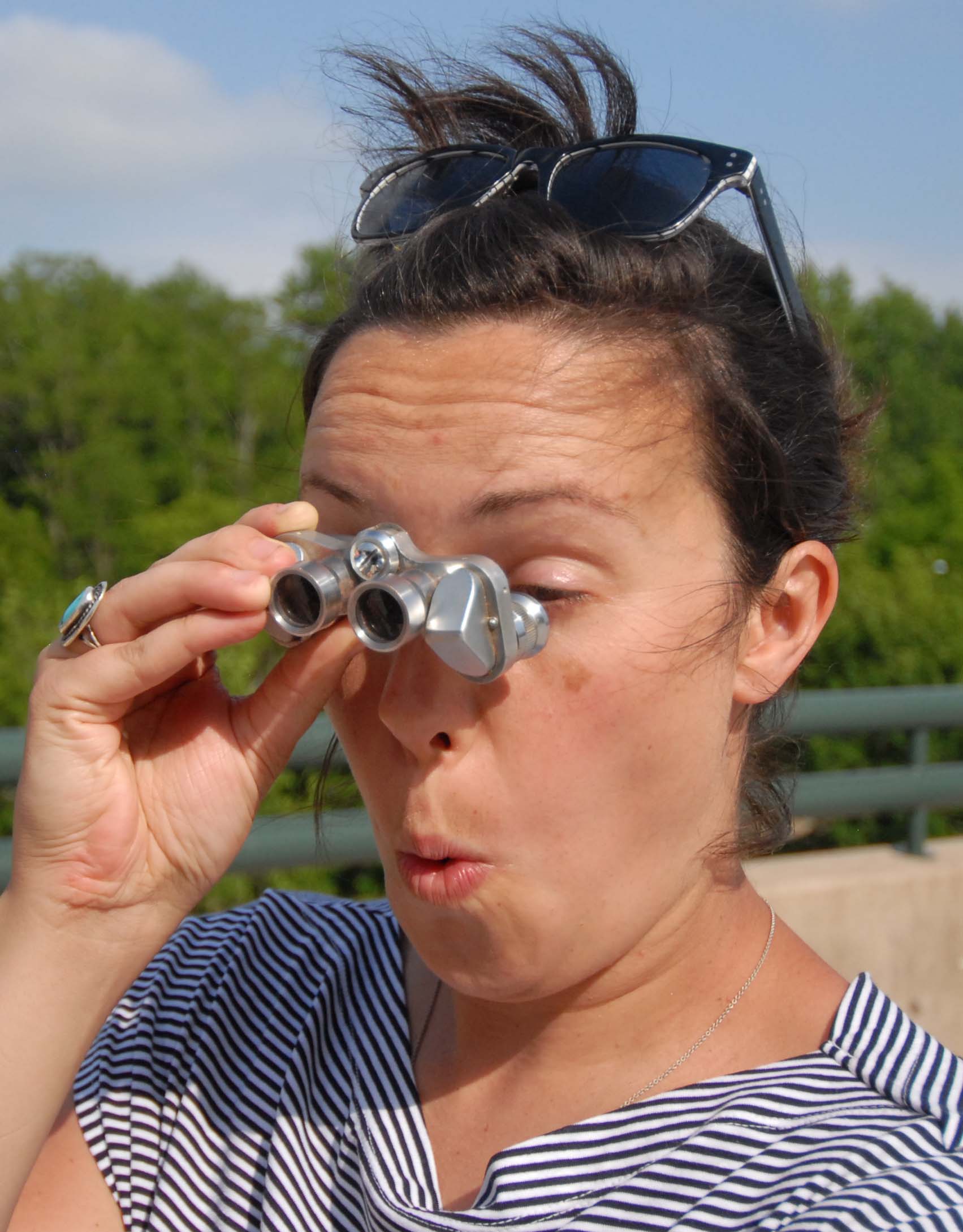


|
日本
のミニチュアの双眼鏡の起源
|
|
Understanding Early Post War US Importation of Japanese Miniature Binoculars: Bushnell & Asahi Kōgaku Kōgyō Kabushiki-geisha
(
旭光学工業株式会社
)
米国
の日本小型双眼鏡の早期の歴史
.
Einfuhr Von Japanischen Miniaturferngläsern in Die US in
Den Fünfziger Jahren. Importation des Jumelles Miniatures Japonaises Aux Etats Unis Pendant les Années 1950.
Импорт японских миниатюрные бинокль в США в
1950-
х.
Förstå Import av Miniatyr Japanska kikare till usa: Före 1950. Importación de prismáticos en Miniatura Japonés en los Estados Unidos después de 1950
|
|
In 1948 David P. Bushnell (March 31, 1913-March 24, 2005
)
became an influential pioneer of the importing of Japanese binoculars into the United States. Richard Buchroeder and Peter Abrahams interviewed David and Nancy Bushnell on Oct 29, 1999. This [transcribed oral history] gives fascinating direct insights into why and how the post WWII US binocular market and specifically the market for miniature binoculars developed the way it did within the political and economic factors present at the time. And it gives interesting insights into distribution, gaming the tax system, and naming products.
Richard Buchroeder and Peter Abrahams deserve enormous credit
for capturing and preserving this glimpse into binocular history, and for sharing it. David Bushnell to Richard Buchroeder and Peter Abrahams. “...This was 1947. I was 34 when I discovered binoculars. I looked all over, you couldn’t buy binoculars, because they had been given to the military during the war. |
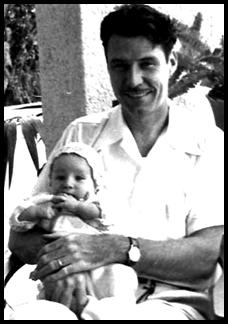
|
David Bushnell in 1949 |
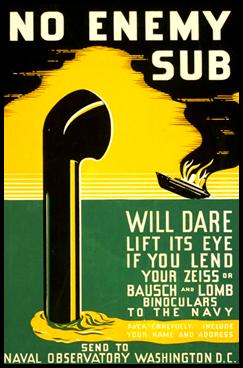
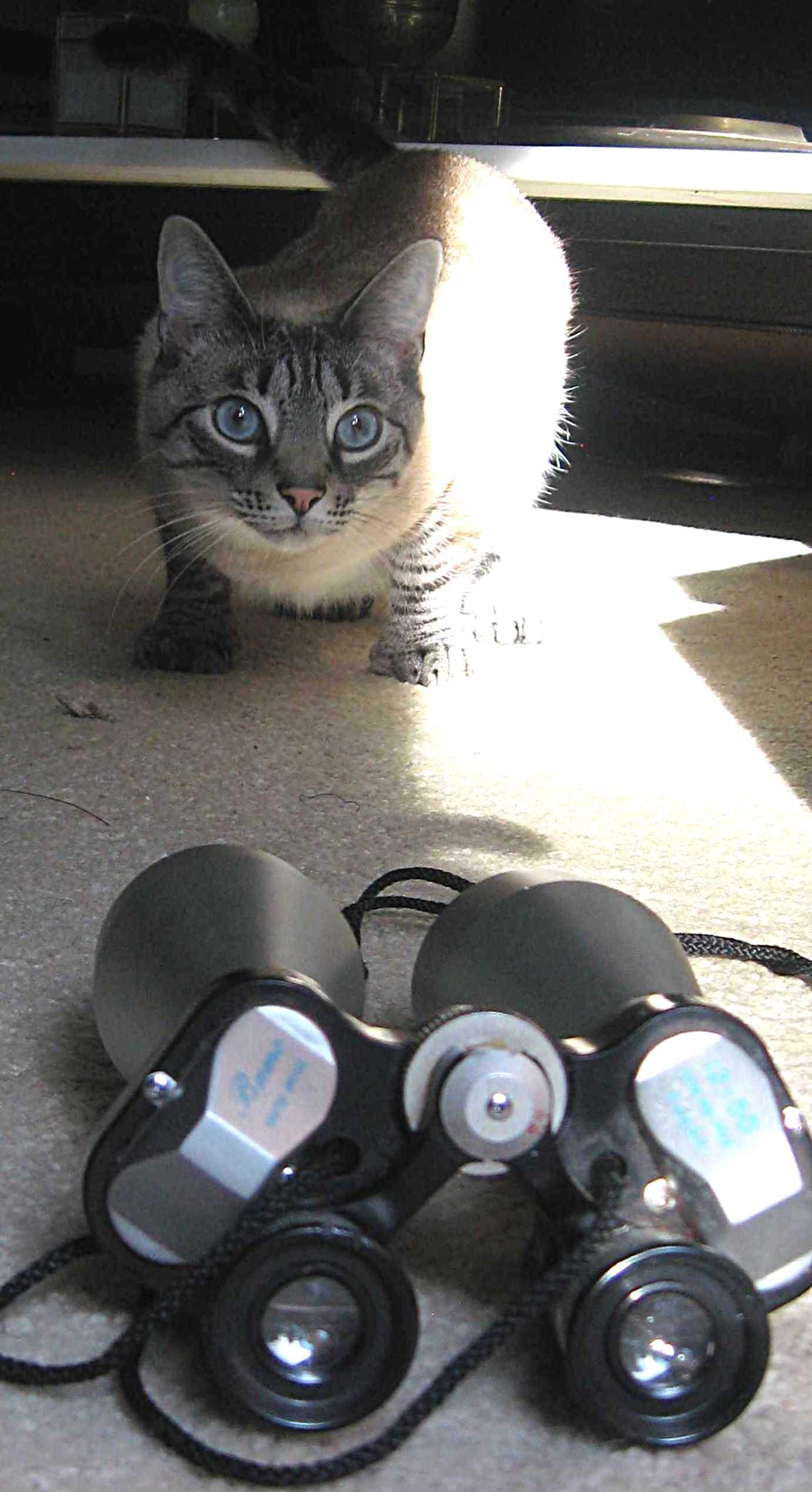
|
US WWII Posters asking the public to loan Zeiss & Bauch and Lomb binoculars to the US military, as mentioned by Bushnell. The binoculars were to be returned after the war. (a few actually were). Ironically by asking for German Zeiss binoculars to fight Japan & Germany it promoted Zeiss as being most desirable binoculars among a huge number of people who knew nothing about binoculars. |
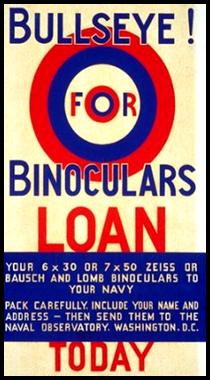
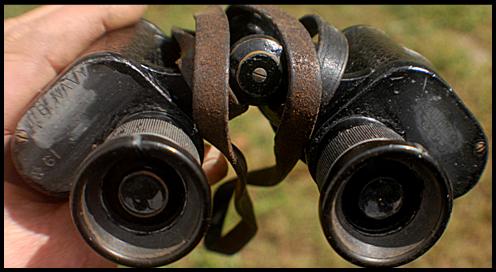
|
Pre-WWII civilian Zeiss Silvamar 6x30 binoculars with defaced U.S. Navy property stamping, probably a relic of the civilian Zeiss binoculars loaned to the government at the beginning of US involvement in WWII Collection of Mark Ohno. |


|
DAVID BUSNELL INTERVIEW CONTINUES:
“...I found a used pair of 6x30s at a pawn shop for $50, made by Universal Camera in Minneapolis. December 1947 to January 1948, was my first trip to Japan. So, off I went to the Orient...We sailed into Manila Bay,
[Phillipines]
going around the sunken ships and into the berth. I was standing on the deck, and someone on the deck called out ’do you want to sell those binoculars?’ I said ’sure’, I didn’t want them anyway after I got off the ship. He said ‘I’ll give you a hundred dollars for them.’ That was my first sale, and a profitable one. That shows how scarce binoculars were at the time. I delivered the steel and flew on to Shanghai.
[China]
At
Shanghai in the hotel, there was a Dutch trader who had just come back from Tokyo. He showed me the samples of products that he had bought there, and one was a nice 7x50 binocular. I asked him what he paid, and he said eighteen dollars. It was a military binocular converted to civilian use, and a good one. To get into Japan I needed a permit from Washington. Fortunately I was able to get a permit, having traded with Japan before the war. I was one of the first commercial traders in Japan after the war. A couple of New York importers arrived shortly after my visit. We landed in Yokohama, and everything was flat all the way to Tokyo, bombed out. The only things standing were a few chimneys. MacArthur was quite a character over there, we’d see him arrive and leave, with crowds around him, he was a real showman. I did not meet him. Later, I had to wait until MacArthur left Japan to make riflescopes. In Tokyo one building had an exhibition of all the products Japan had available for export, and there were the binoculars. I looked through several and they looked all right to me. I bought some samples and had them sent back to my office in Los Angeles. At that time I had about six employees. They were busy exporting a lot of chemicals to China. I continued around the world. I flew on to Bangkok,
[Thailand]
and carried a little pair of 6x15s. I thought they were wonderful, that these were what the spies carried during the war. I was fascinated with them. The brand was Hercules, made by Asahi Optical.” |
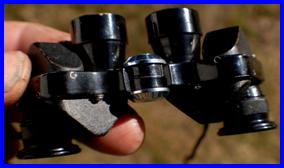
|
Early post war Hercules 6x15 binoculars made by Asahi Optical of the type David Bushnell carried to Bangkok Thailand in 1948. |
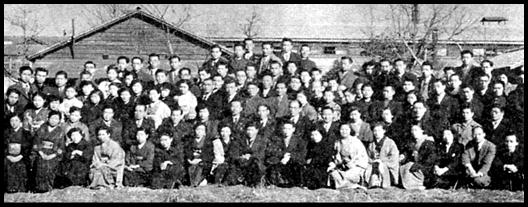
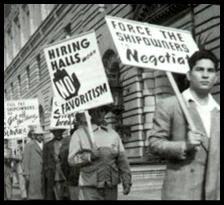
|
1948 Christmas ILWU dock workers strike mentioned by David Bushnell |
|
DAVID BUSNELL INTERVIEW CONTINUES:
“...This was before Asahi made the single reflex camera… So I got back to Pasadena, and they had taken some orders from dealers for binoculars, based on the samples. About 400 pair of binoculars were sold. The first binoculars we imported were Asahi 6x15, open frame, pocket binoculars.
[Japanese external reverse porro prism miniature binoculars].
This was in ‘48, but there was a long strike by the steamers
[ 95 day Nov.1948 ILWU longshoreman’s strike]
, which lasted for months, and we couldn’t get them off the ship. After Christmas, they
[resellers& dealers]
said you couldn’t sell Japanese products, the stigma was too strong, and the French
[binocular makers]
will be back, and eventually the Germans as well. The merchants thought they could not sell the Japanese products. Late in December, I was able to get them off the ship, in time for the Santa Anita
[horse]
race track to open. I put an ad in the Los Angeles Times
[newspaper],
7 x 50s for $49.50. I wrote my own advertising. Then came my first ads in the American Rifleman
[National Rifle Association magazine sent to all members]
, especially the 4” ad featuring the 8x30 for $30, which started the whole mail order business. In Pasadena, I bought a small building at 41 Green St, right across from the old Green Hotel, but the building is no longer there. I opened a retail store in front of the building and had merchandise inventory in the back. It was solely a retail business. After I sold the original pair, I ordered more and sold them. Another secretary said ‘why don’t you put your name on the binoculars?’ I said ’I don’t know how long it’s going to last, and there’s many other products for us besides binoculars’. But with the next lot, I told Asahi Optical to put ‘Bushnell’ on the cover plate, and I drew a nice little lens, a cutaway of an achromat, and put ‘triple tested’ on it. One customer asked
‘what does triple tested mean?’
I said ‘it is tested by the factory, it is tested by us, and it is tested by you’ . We did test a few of each shipment |
|
TRIPLE TESTED ?? |
|
Bushnell’s “Triple tested” blurb was intended to address US consumer concerns about Japanese origin and quality. Though Bushnell’s blurb “Triple tested was pure marketing nonsense intended to promote the Bushnell brand, it was so market savvy and effective and market savvy that it entered the lexicon of Japanese binoculars marketing and was soon adopted by scores of other non Bushnell brands, during a certain era, which is rather amusing.
|




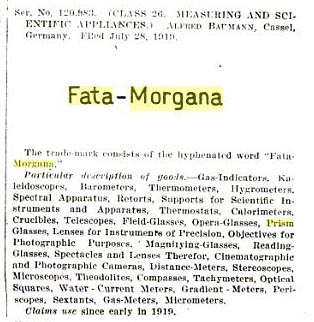








|
DAVID BUSNELL INTERVIEW CONTINUES:
“...Asahi was run by very good people. I knew Mr. Matsumoto, the chairman. Every time I came over to Japan he was out in the yard looking through a camera with a hood over his head. The first time, he said ‘look down in that ground glass.’
Another time he said ‘Now look, you can look straight through there, you don’t have to look down, we use a pentaprism.’ We had lunch, and he said “We’ve got to think of a name for this camera.’ We were coming up with all kinds of names for the camera, Cyclops and others. He thought of Pentax, and we said , that’s it. For those early orders
[of binoculars]
we advertised on radio...When I saw there was a market here, in 1950, I talked with the sportscasters, Tom Harmon and others, and asked what they wanted as an ideal binocular. They said wide field
[of view]
,
light weight, and reasonable price. I also corresponded with the editors of outdoor magazines, and they gave me their input. Then I went to Germany, in 1949 or 1950, and called on Hertel & Reuss, Leitz, and Beck Kassell. They said ‘Mr Bushnell, we were making binoculars before you were born. We will make what we feel the market wants.‘ I took the next plane to Tokyo, which went through Moscow and across Siberia to Tokyo. The flight across Siberia in the winter was really something, especially with those noisy airplanes. The stewardess, instead of passing out food and drinks, was tightening fasteners in the plane! We landed in Tokyo. The engineer said, ’Tell us what you want, anything you want.’ So in two or three weeks, they had a prototype made. Day and night they’d work. The first one was a 7x35, a Japanese design with an aluminum body, it turned out well….My vision was that everyone in the Rose Bowl
[college football]
on New Year’s day should have a Bushnell binocular. The Rose Bowl Commission always bought a hundred binoculars, paid for them, and gave me 6 seats on the 50 yard line. They thought I was doing them a favor. We engraved them ‘Rose Bowl participant’... A neighbor in the office building was an advertising representative for Sports Afield magazine said ‘David, you’ve got to advertise in our magazine. It will cost around $800, it will appear just once, and it will take two months before it appears. It costs $200 to make the
[printing]
plate, and then you’ve got the artwork. I asked, ’All that , just to appear once? He said ‘Trust me’. So we put a four inch ad in Sports Afield, offering 8x30s for $30. After that the checks came in every mail. We had to add 20 percent luxury tax, which I didn’t have to pay until the end of the year, so I had that 20 percent capitol to use during the year, plus the profit...We billed the binocular cases separately because that didn’t require luxury tax, and saved the customer a dollar or two. That was my first experience in mail order. |
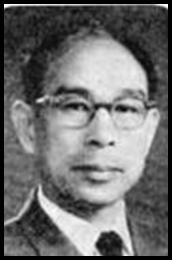
|
Saburo Matsumoto, chairman of
Asahi Kōgaku Kōgyō
Kabushiki-geisha
|
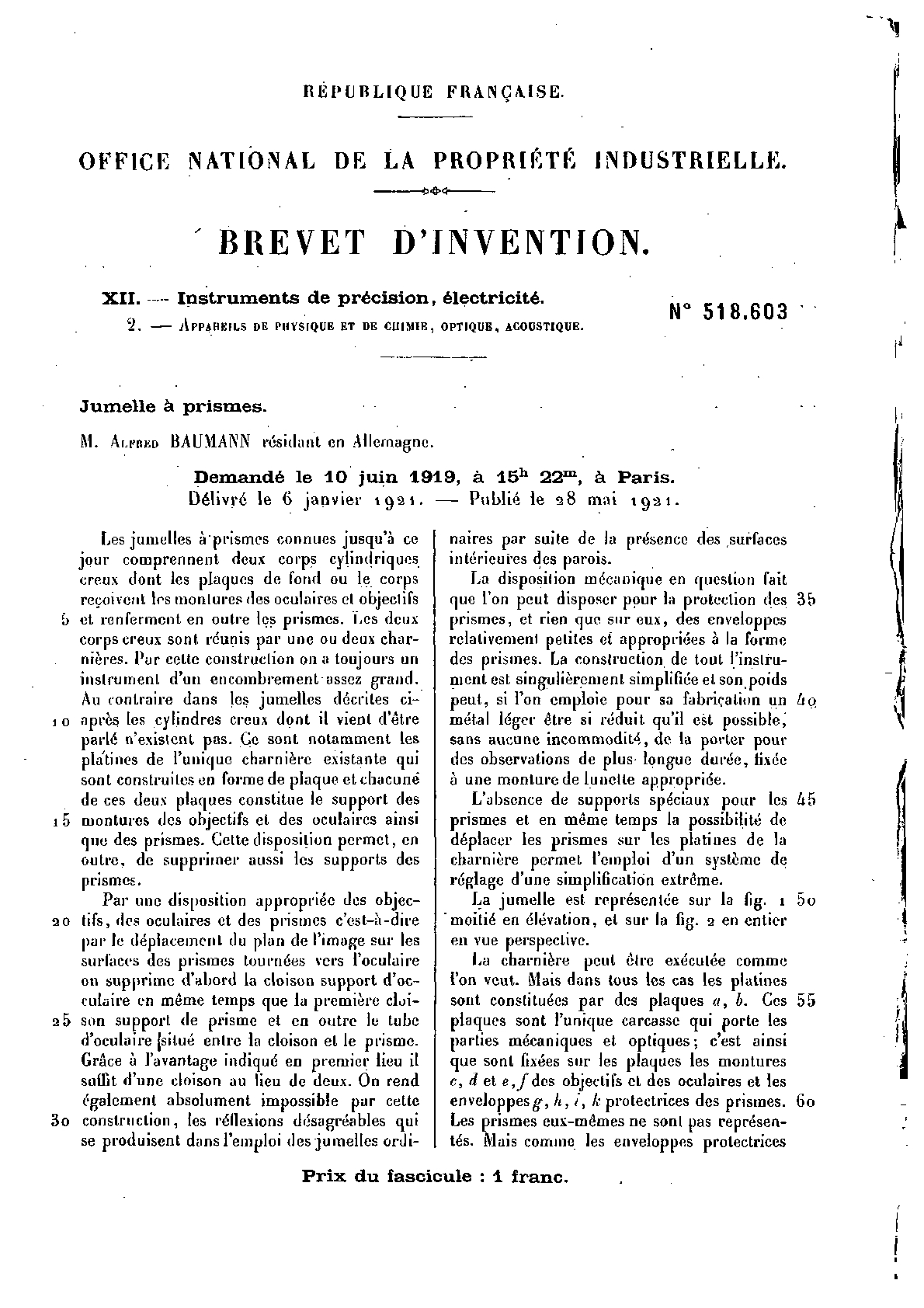
|
1950 Bushnell Ad in a Hunting Magazine |
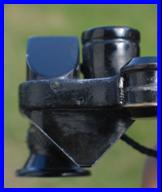
|
“The Rose Bowl Commission always bought a hundred [7x35 aluminum body] binoculars...We engraved them ‘Rose Bowl participant...”
- David Bushnell.
“Rose Bowl Participant 1957” marked Bushnell 7x35 binoculars and case. Collection of Mark Ohno |
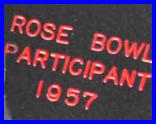
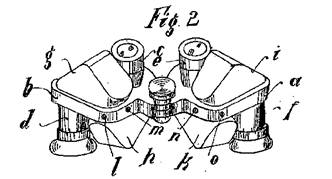
|
“Rose Bowl Participant” marking on binoculars case |
|
DAVID BUSNELL INTERVIEW CONTINUES:
Then we began to get inquiries from dealers, and there wasn’t enough margin through dealers, so I raised the
[retail mail order]
prices. I began to sell through dealers, but continued to sell directly to the consumer. At one time, I had a separate product line for dealers, not the Bushnell name, but that didn’t go at all, they wanted the name.
[brand unknown at this time
].
American Rifleman
[member magazine of the National Rifle Assn]
was my best advertising medium. Later I set up Aries Agency (because I’m an Aries), instead of paying 15% to an advertising agency.
[Advertising agencies got a commission or kickback for booking ads].
We wrote all our own ads and pocketed the commission
.
At one time I had about a dozen corporations because the first $25,000 earned by the corporation was assessed at a lower tax rate. I had a company that bought binoculars, a company that shipped binoculars, that inspected binoculars, retail, wholesale, and the U.S. optical laboratory: the inspection and further guarantee outfit that gave us the seal of approval. Before long, someone who had read an article in American Rifleman about coated lenses, asked us about them. I inquired around and found a fellow in Hollywood who was coating lenses for the movie makers, and for a while we would bring them to him and he would coat the inside of the objectives only,
[objective lens]
so we could use the term ‘coated optics’...The second trip to Japan was in spring of 1952. The third was in 1954. The forth was in 1956. I’d go to Japan, sit in a hotel room, and they’d
[binocular companies]
be lining up in the lobby. I’d give them about 15 minutes each, and one after the other would come in. I would visit all the plants. Some were mom and Pop operations, but they wouldn’t complete the binoculars, they’d be making prisms or eyecups, bodies & so forth; and they’d be assembled by another firm. We would say, ‘can you try a certain field of view’, and they would say ‘how about this?’ They would try to do anything we asked them to. For example, the birders wanted close focus...It was all gentlemen’s agreement, they trusted us and we trusted them. Running the business was always fun...One lady sent a binocular back to us and said, ’for heavens sake, please fix these in a hurry & get them back to my husband, he’s a dedicated birder, he specialized in golden crested double breasted mattress thrashers
[blond bimbos]
. In 1971, we were selling 10 million
[binoculars]
a year. |
|
For full David Bushnell interview with
Richard Buchroeder and Peter Abrahams.
ttp://www.europa.com/~telscope/bushnell.txt |
|
“BOL” stamping found on some Bushnell binoculars, for Bushnell Optical Laboratory Inc. 2828 East Foothill Blvd, Pasadena Ca 91107, incorporated on 1/02/1952. “I had.the inspection and further guarantee outfit that gave us the seal of approval.” David Bushnell interview |
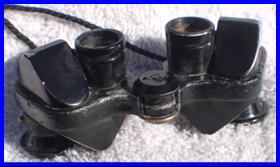
|
Bushnell “coated optics”marking “
I inquired around and found a fellow in Hollywood who was coating lenses for the movie makers, and for a while we would bring them to him and he would coat the inside of the objectives only,
[objective lens]
so we could use the term ‘coated optics’
|
|
Ursprünge der Japanische Miniatur Fernglas
Origines des Japonais jumelles miniatures
Истоки японского миниатюрного бинокль
Los orígenes de los prismáticos Japoneses en miniatura |
|
Japanese External Reverse Porro Prism Binoculars.
VIRTUAL MUSEUM
|
|
MARK OHNO |
|
A Study Of The Post War Japanese Binocular Industry.
Eine Studie der Japanischen Fernglas Nachkriegsindustrie. Une Étude de l'industrie en Jumelles Japonaise Après la Guerre.
日本
は、双眼業界第二次世界大戦後に
.
В период после окончания войны японский бинокли ленности.
Un Estudio de la Industria Japonesa de la Posguerra Prismáticos. Uno Studio dell’industria del Binocolo Giapponese del Dopoguerra. |
|
Hiroshi Fukushima, a professor of the Faculty of Economics, Quantitative Economics, and Information Systems at Saga University, conducted an excellent study of the post war Japanese binocular market, entitled ”On the Formation of Production Networks of Small Binocular Manufacturers in Japan’s Early Postwar Period”. It is at the time of this writing available in English at:
http://management.kochi-tech.ac.jp/PDF/ssms2008/MPS/HiroshiFukushima.pdf
Professor Fukushima notes that between 1954 and 1973, Japan averaged over a 90% share of the US binocular market. He attributes that to product quality and lower prices. He notes that the competitive success was partly due to a wartime developed press-molding method of optical glass processing, which increased yield rates of optical glass processing from 40% to 80%, with attendant cost advantages, compared to machining blocks of optical glass. He further notes that price competitiveness additionally “derived mainly from a flexible manufacturing system of specialized firms which were agglomerated as a cluster in the northern part of Tokyo [Itabashi] after the war. This production system as a network was formed by small assembly and component manufacturers”. The clustered network of small binocular firms were formed from the 8,000 employees of Tokyo Kogaku who had been involved in wartime optical production. He notes that binoculars were a leading export item (together with other light machinery products like bicycles and sewing machines) in the early postwar period. And that nearly 100% of binoculars produced in Japan in the first few post war years of binocular production went to the US. And that manufacturers operated on a build to order system. We may recognize that as similar to the JIT production model. It allowed flexibility in design changes and accommodated volatile demand (dependent on the US consumer Christmas market). This is an interesting study which is well worth reading. |
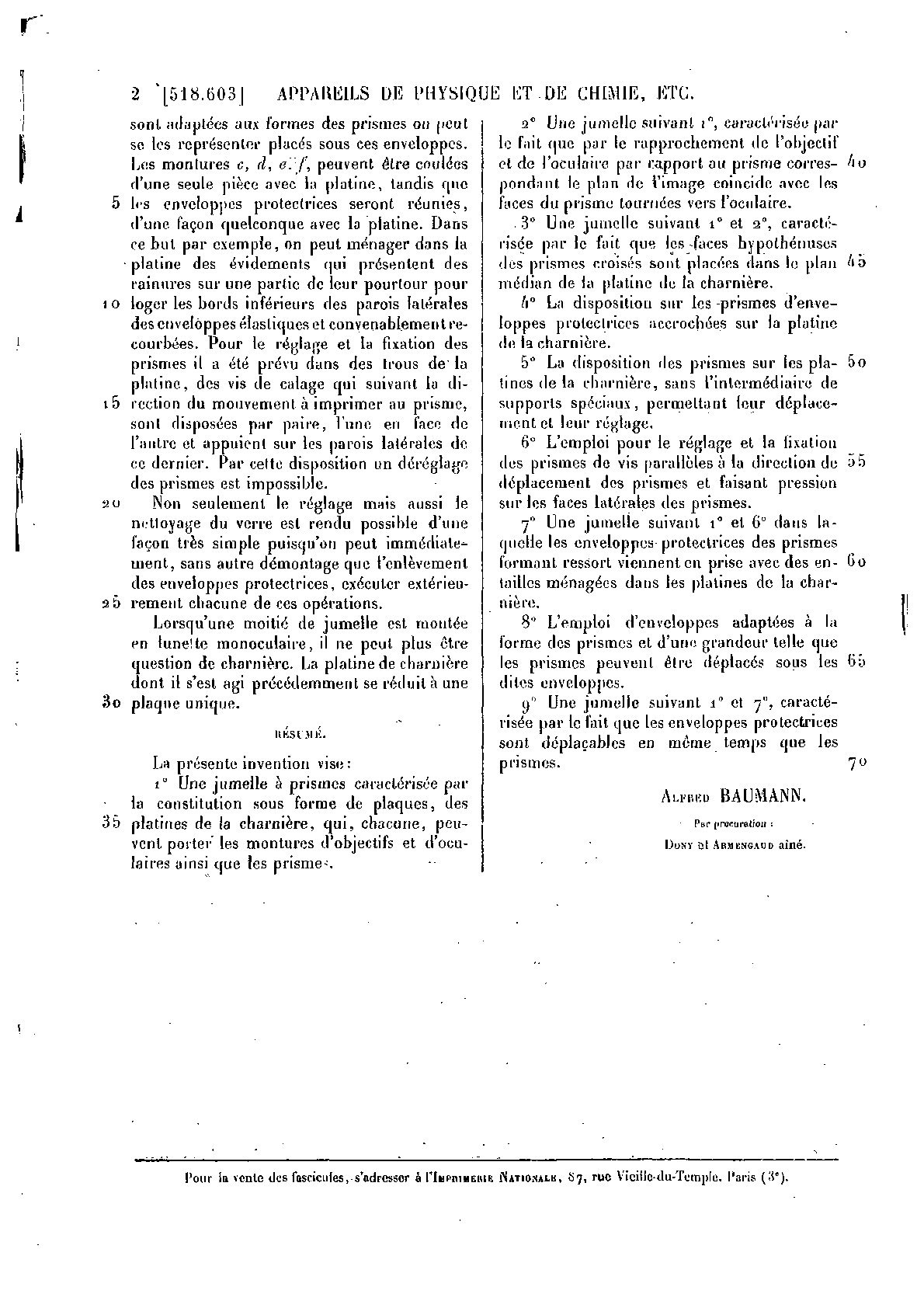
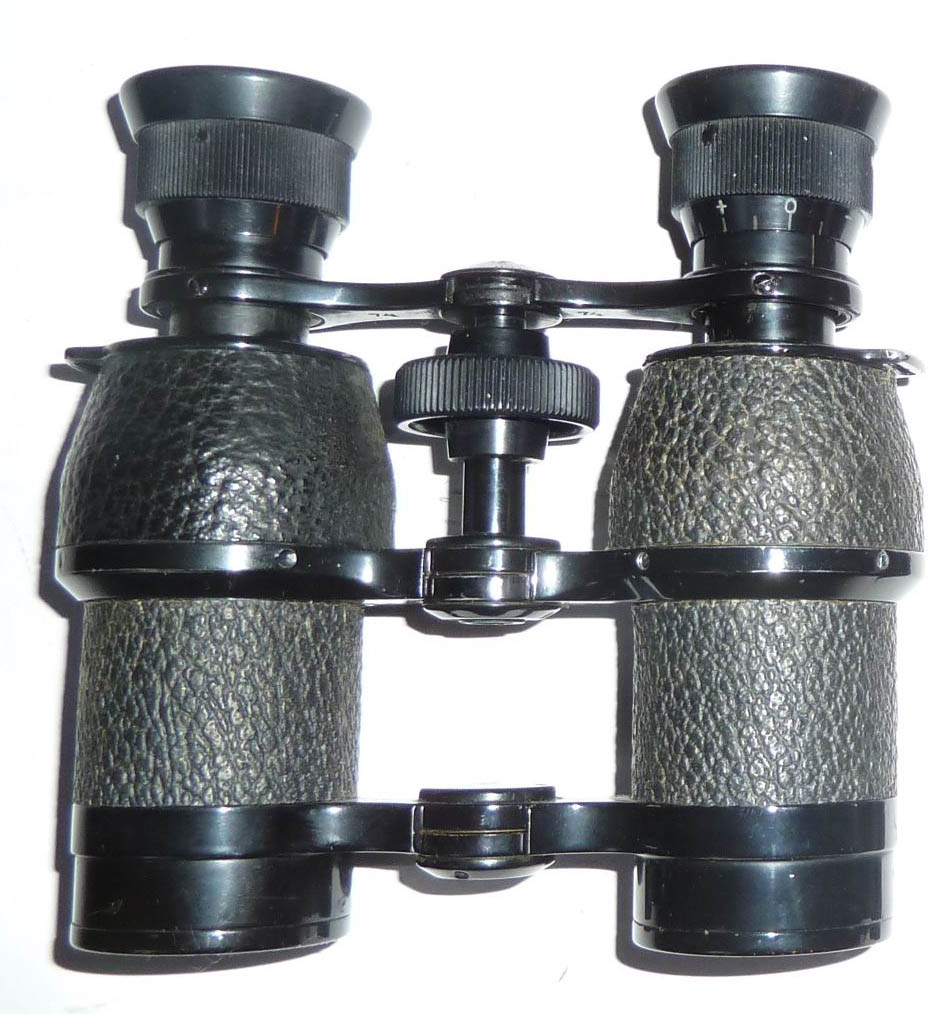
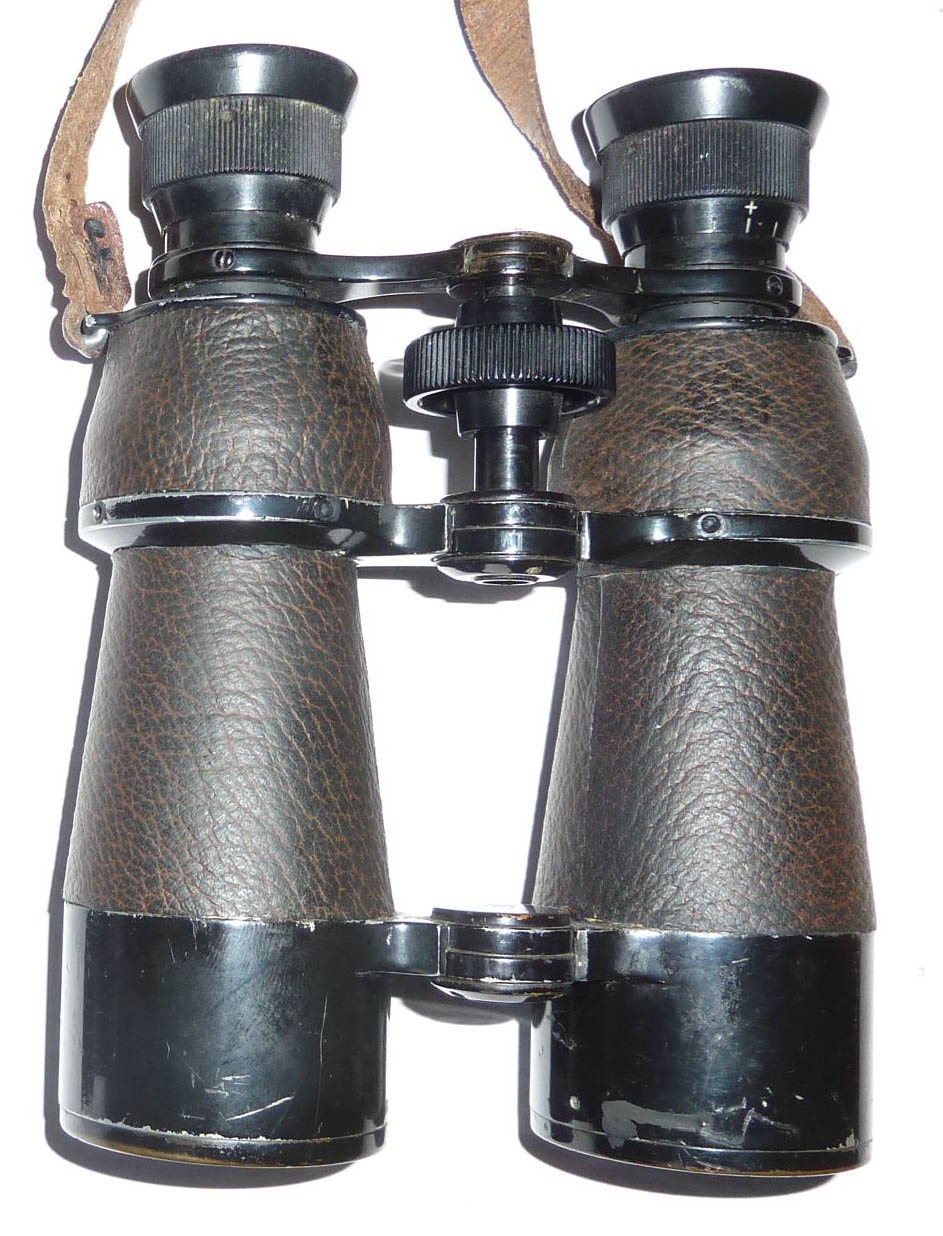
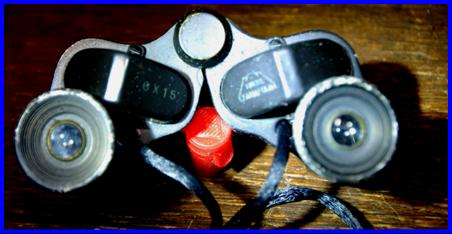
|
Tokyo Yamafuji Binoculars with case. ) No serial number present.
Collection of Mark Ohno
(I appreciate the help of my friend Nico Westphal of the Netherlands for facilitating this acquisition) |
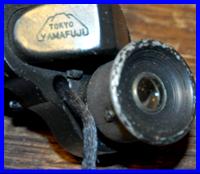

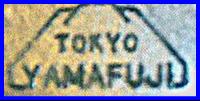
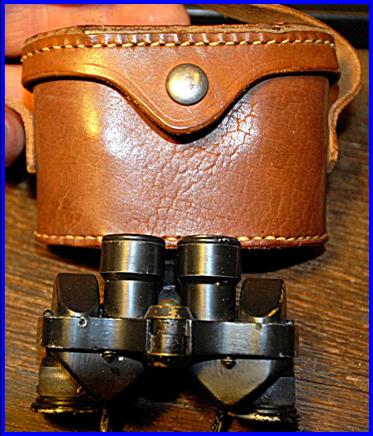
|
Lt General Tomoyuki Yamashita (tiger of Malaya) reportedly owned a pair just like these and gave them away just prior to his execution in Feb. 1946.
|
|
Kotobuki Sapporo Pre-War Japanese Miniature Binoculars.
„Kotobuki
Sapporo“ Miniaturferngläser
sind vor dem Zweiten Weltkrieg in Japan.
Jumelles
Miniatures de «
Kotobuki Sapporo» Fabriquées Avant la Deuxieme Grande Guerre Mondiale. «Kotobuki Sapporo»
миниатюрные бинокль выпуска до второй мировой войны в Японии.
Kotobuki Sapporo
ミニチュア双眼鏡が2回目の世界大戦の前に日本で作られま
.
«Kotobuki Sapporo» Prismáticos en Miniatura Fabricados Antes de la Segunda Guerra Mundial en Japón.
.
«Kotobuki Sapporo» Binocolo Giapponese Preguerra.
|

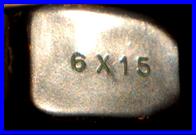
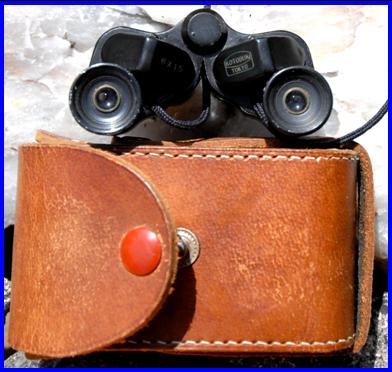
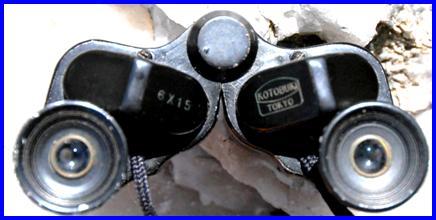
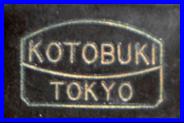

|
Kotobuki Binoculars. No serial number present.
Manufactured prior to WWII in Japan
Collection of Mark Ohno |
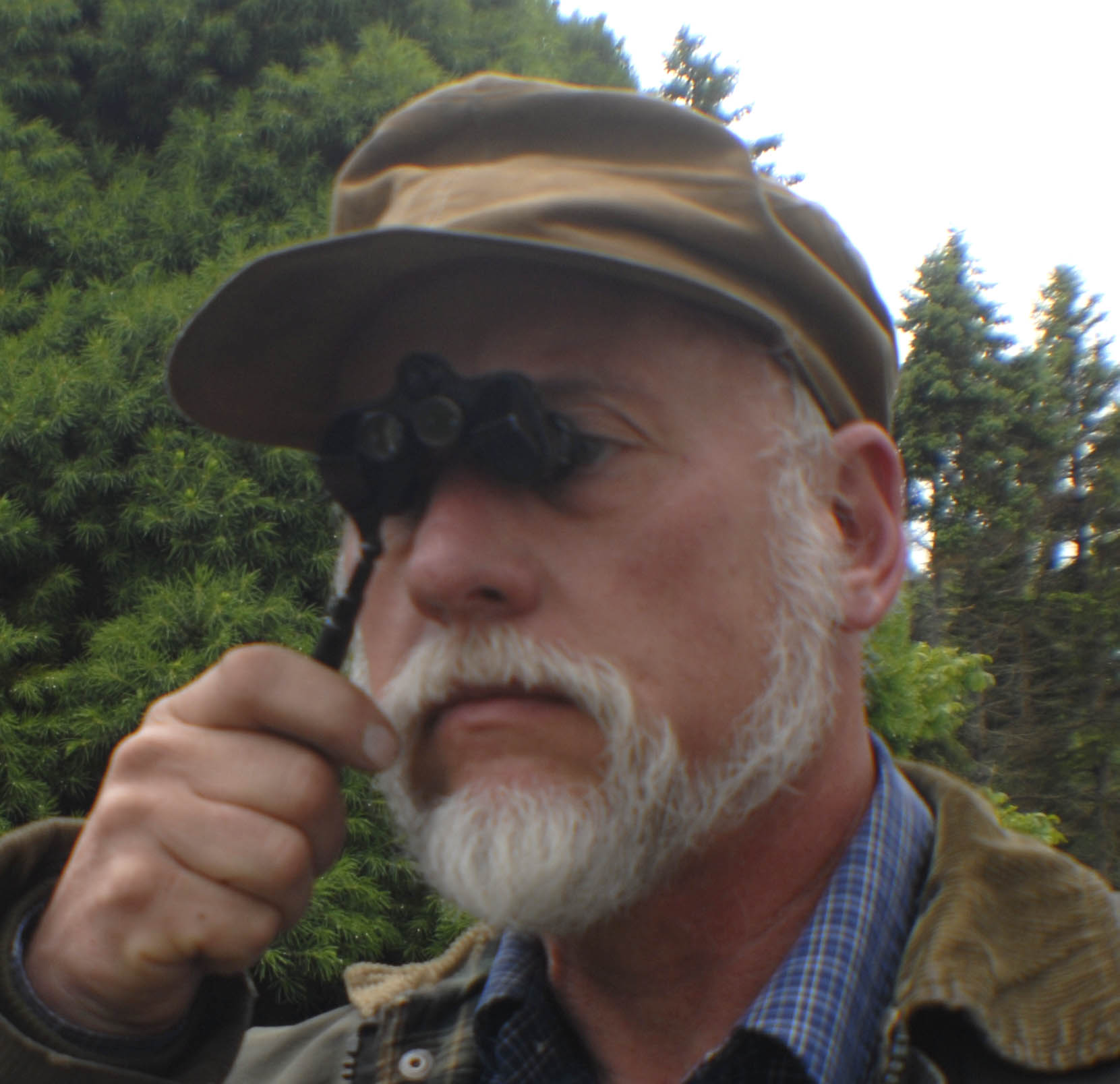
|
PREWAR |
|
PREWAR |
|
PREWAR |
|
PREWAR |
|
PREWAR |
|
Rising Sun Pre-War Japanese Miniature Binoculars.
„Rising Sun
“ Miniaturferngläser
sind vor dem Zweiten Weltkrieg in Japan
Jumelles
Miniatures de «Rising Sun
» Fabriquées Avant la Deuxieme Grande Guerre Mondiale «Rising Sun»
миниатюрные бинокль выпуска до второй мировой войны в Японии
Rising Sun
ミニチュア双眼鏡が2回目の世界大戦の前に日本で作られます
«Rising Sun» Prismáticos en Miniatura. «Rising Sun» Binocolo Giaponese in Pre-guera.
|
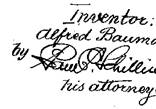
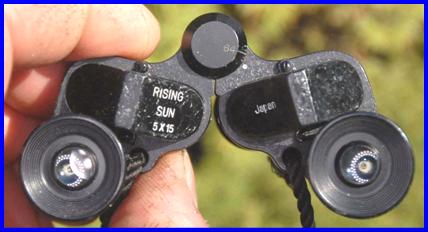
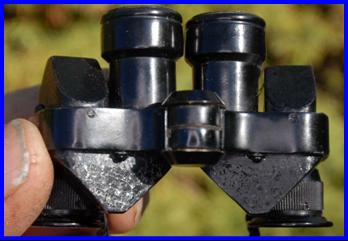
|
Rising Sun 5x15 Binoculars. No serial number present.
Manufactured prior to WWII in Japan. Collection of
Mark Ohno. Sourced in
USA
. |
|
PREWAR |
|
PREWAR |
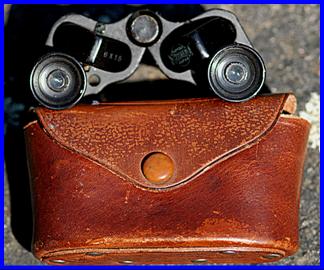
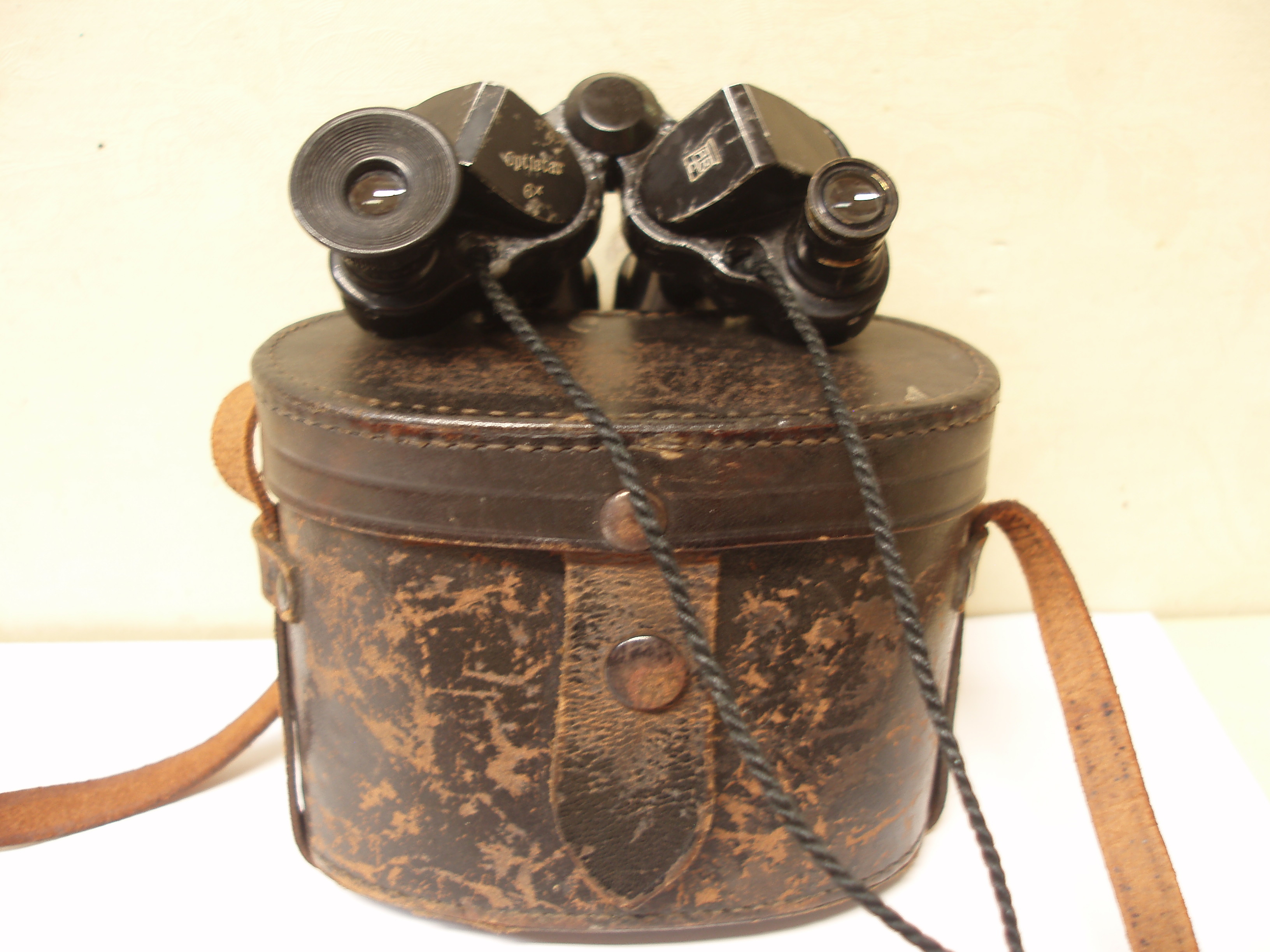
|
Kotobuki Sapporo Binoculars with case. ) No serial number present.
Collection of Mark Ohno |
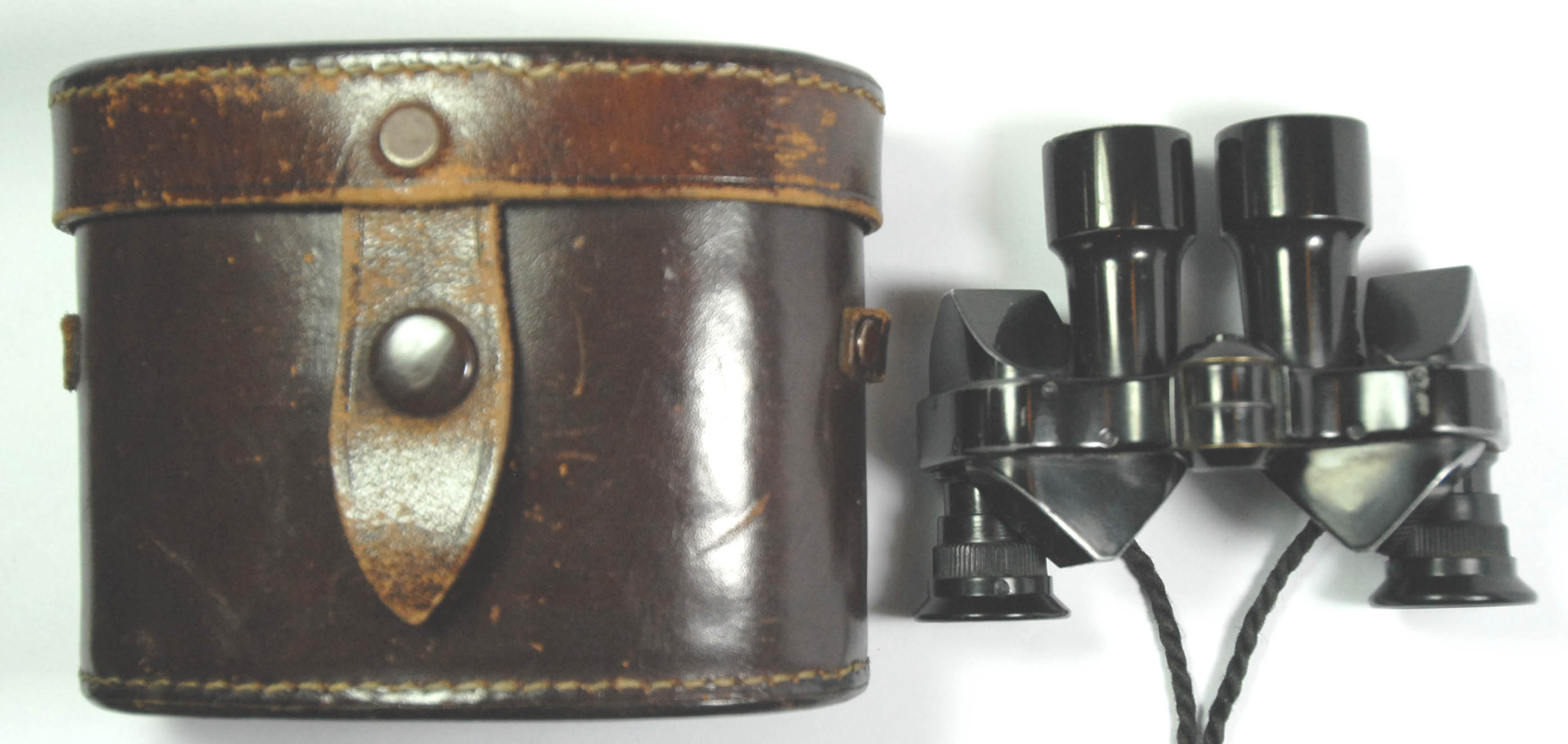
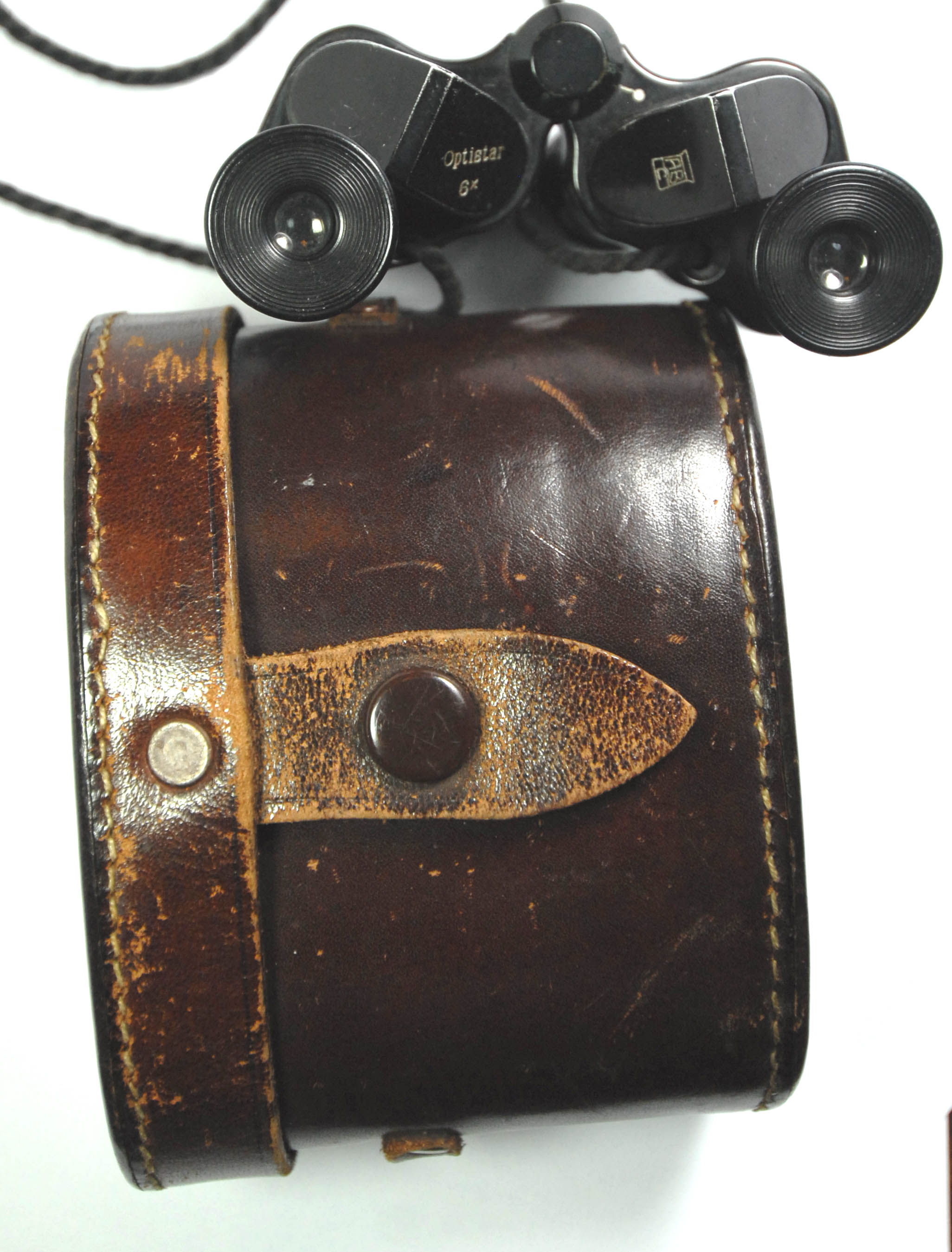

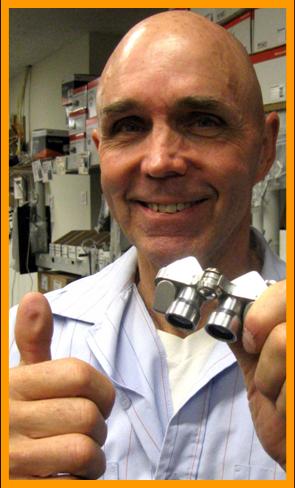
|
Disclaimers (the fine print).
Kleingedruktes. Clase de Non-responsabilite.
Отказ от тветственности.
Friskrivningsklausul. |
|
All contents of this website are presented as non commercial historical information for collectors of vintage used binoculars. It is fully recognized that some of the brand names and trade names of binoculars belong to business entities, and they are used herein solely for the purposes of identification. I try to make every reasonable effort to be accurate, and in the case of any error, I am always happy to correct them. Moreover ongoing improvements and revisions will always strive to improve accuracy (and correct typos). The sole and exclusive intent of the website is to educate in a way that is entertaining. It is the nature of available information that some of it is inherently inaccurate or misleading, for any number of reasons, so it is also the nature of inferences and conclusions that some of those will not be accurate. So when I state something my undeclared preface for every statement that I make should always be assumed to be “Until someone emails me and says that her granddad was in charge of this, and she therefore knows that everything I said is rubbish, then I believe…xxx”
It is really very difficult to present this amount of information without some typos or errors. I have corrected loads, so I have a pretty good idea hoards of others may still lurk, and have no doubt that there will be many more waiting impatiently for their turn to be created. |
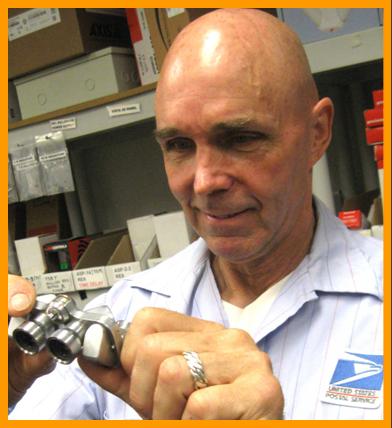
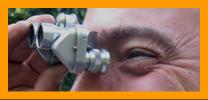

|
CONTACT US WITH INFORMATION OR COMMENTS:
miniature.binoculars@gmail.com
|